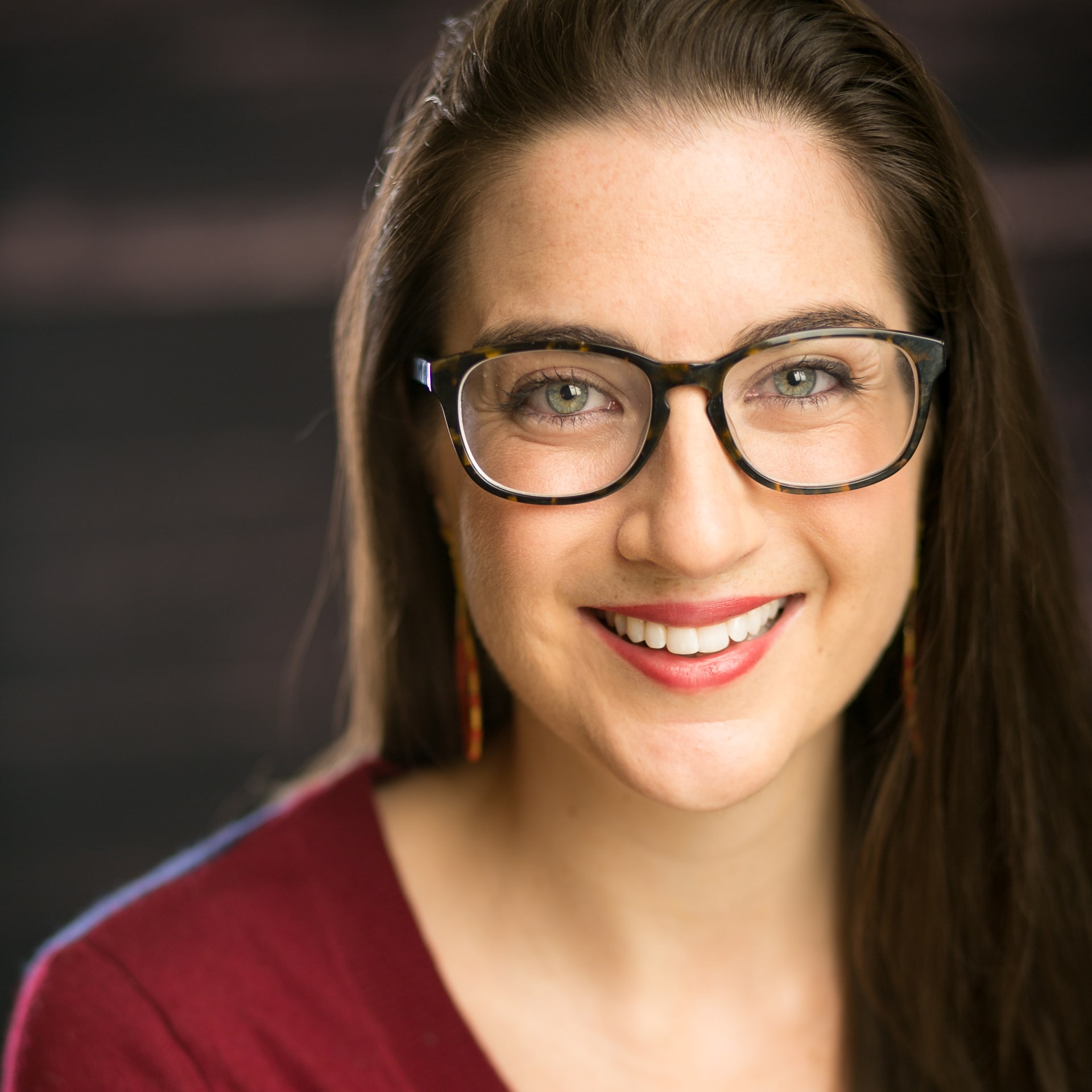Last weekend, the Obama Administration announced what comes as welcome news to many students and teachers nationwide: a cap on time spent testing in K–12 schools. The new rule, however, ignores a need to shift away from regulating education and testing in terms of time.
The cap—which is actually merely an administrative recommendation without the force of law—advises that schools dedicate no more than two percent of classroom time to testing. It reflects a long-lasting debate about the prominent role tests play throughout the school year to meet accountability demands placed on schools and teachers by states and the federal government. One report estimates that at the peak of the testing regime in 8th grade, tests can consume an average of 20 to 25 hours during the year.
These tests are often called “high stakes” because, by law, they determine everything from school rankings to degree of government oversight and, in many states, teacher job evaluation. Unsurprisingly then, tests have come under fire by parents and teachers alike as an overused and abused instrument in our education system. Proponents of testing argue that tests are a necessary evil if we care about equity and outcomes: Without robust measures of how students are performing, they claim, we will lack the data and necessary to hold schools accountable for serving all students and to drive school improvement.
But this polarizing testing debate misses the long-term picture—and in so doing, threatens to derail vitally important innovations in assessments afoot in our country, particularly with the rise of technology in classrooms. Technology actually promises the creation of more humane, transparent, and accurate assessments that are critical to driving dramatically better outcomes for all students. Technology-enabled tests can also drive a larger movement to start to advance students through academic material at a flexible pace based on their mastery of that material, rather than on the unit-by-unit, year-to-year stopwatch that most classrooms run on today. The traditional testing debate and last weekend’s two percent rule risk missing that bigger picture.
The cap is recommended as part of a larger effort on the part of the U.S. Department of Education to shift to new forms of assessment. The Department has said that it will support innovations in assessment through grants, waivers, and research. The fact that the Department is trying to drive these new testing formats and measures is encouraging. At its worst, however, a time-based two percent rule threatens to restrict innovation in assessments—and ultimately learning.
How we spend instructional time is of the utmost importance in schools today. But time should not be the measure that guides reform efforts. Indeed, we already measure student attendance, school funding, and teacher pay on the basis of time. Academic credit—the credit hour or “Carnegie unit”—is likewise measured in hours of instruction. There is, however, an absurdity with the time-keeping manner in which we log educational progress: we tend to privilege time over learning. Even with C’s and D’s that suggest deep gaps in understanding, we advance students through courses and grade levels on the basis of instructional hours logged, rather than on learning demonstrated. As a result, we live in a system in which time is fixed and learning—as test after test shows—is wildly variable.
A new movement afoot in numerous states and districts called competency-based education is trying to change this calculus. In competency-based systems, students advance based on mastery, not on time in class. In such a system, students are assessed at different times based on their progress, understanding, strengths, and weaknesses. In such a system, testing is more incremental and interwoven into the learning process. As such, it amplifies rather than detracts from learning. Our research suggests that technology will be key to taking these competency-based approaches to scale.
The new rule limiting time used for testing will not overtly prevent the creation of technology-enabled assessments or competency-based education systems. Indeed, it may even force schools to be more efficient about how and when they test students.
But stepping back from the testing tit-for-tat, the Obama Administration should recognize that time should not be the metric used to regulate education. Learning should be. The amount of time dedicated to testing, along with the consequences tied to test scores, have radically expanded testing to eclipse its true purpose: making learning transparent and signaling where we still need to fill gaps in students’ understanding, rather than enabling bureaucratic micromanagement based on backward-looking data. Despite good intentions, the new two percent rule may be too blunt an instrument in an arena where we desperately need innovation. Innovation in assessment actually will sit at the fulcrum of a system that is moving away from compliance-driven timekeeping toward learning.


